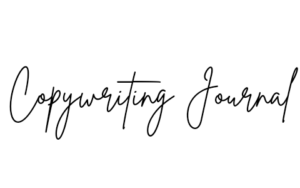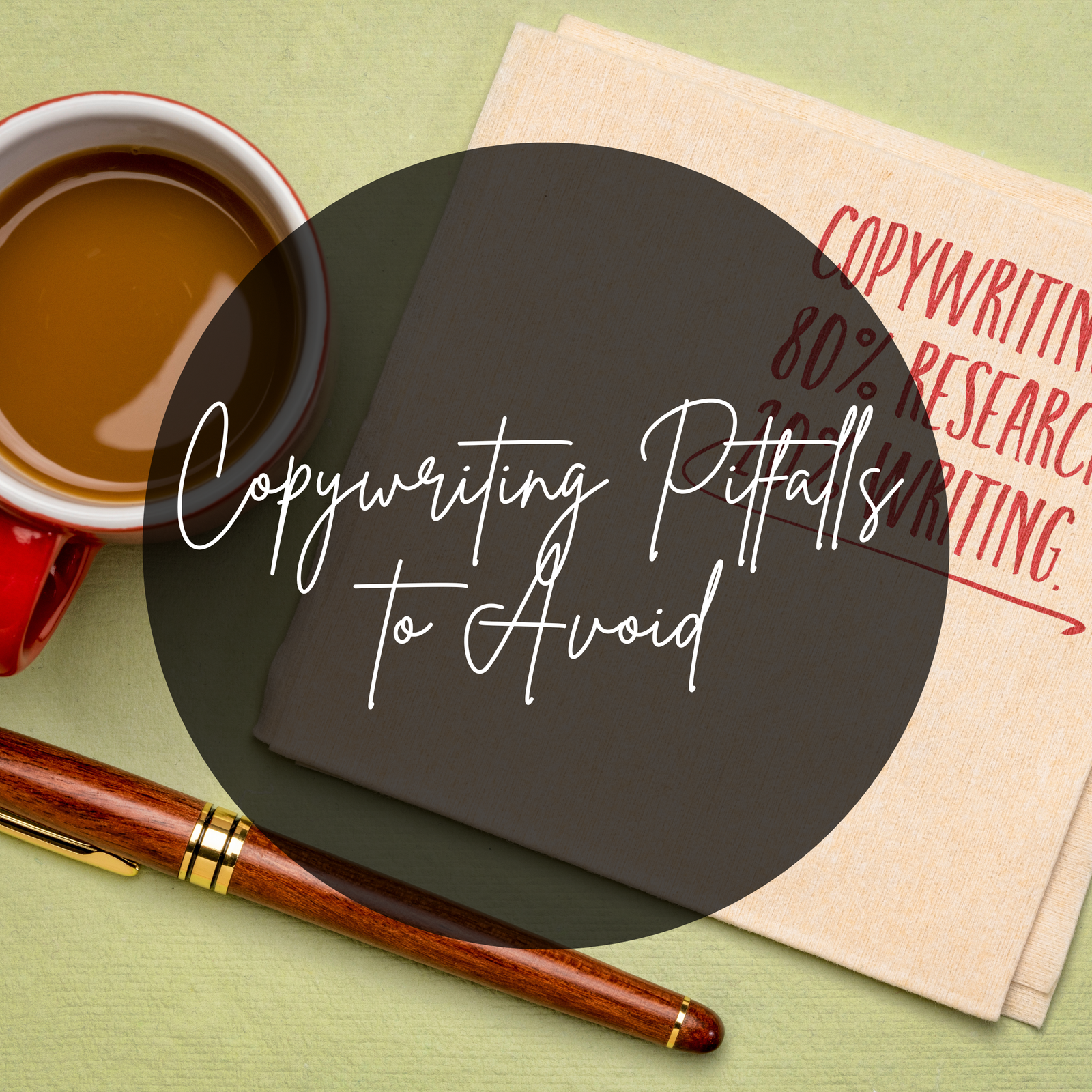Copywriting can feel like an art form—sometimes the words flow perfectly, and other times you’re stuck wondering why your message isn’t landing the way you hoped. Early in my career, I remember writing a piece for a client that I thought was perfect. The structure was clear, the language was polished, and the tone was exactly what I thought they wanted. But their response? “It feels… off.” I learned the hard way that writing isn’t just about crafting beautiful sentences; it’s about connecting with your audience in the right way.
In this post, I’ll walk you through some of the most common copywriting mistakes I’ve encountered (and, at times, made) so you can avoid these pitfalls in your own work. Trust me, once you know what to look out for, your copy will be stronger, more engaging, and more effective.
Writing for Yourself, Not the Audience
It’s easy to get caught up in what you want to say, but the golden rule of copywriting is to focus on what your audience needs to hear. A lot of beginner copywriters write to impress themselves (or their peers), and while it’s great to have a polished, eloquent style, your reader may not care about fancy words or complex ideas. They want clarity and value.
To avoid this pitfall:
- Always start by researching your audience. What are their pain points? How do they speak? What do they want to achieve?
- Use language and examples that resonate with them. If you’re writing for a tech-savvy crowd, for example, you can afford to dive into technical details. For a general audience? Keep it simple and relatable.
- Read your copy out loud. If it sounds like a conversation, you’re probably on the right track.
Being Vague or Overly General
Have you ever read a piece of content and thought, “Well, that was a waste of time”? That’s usually the result of vague or fluffy copy. It’s a common pitfall, especially when writers try to fill space without adding value. Being vague can make your message forgettable or, worse, frustrating for the reader.
Here’s how to fix it:
- Be specific. Instead of saying “our product will improve your life,” explain how it will do so. “Our product will save you 10 hours a week by automating repetitive tasks” is far more impactful.
- Use concrete examples and data whenever possible. This builds credibility and makes your copy more persuasive.
- Eliminate filler words and phrases like “in some ways,” “it seems,” or “kind of.” Be direct and confident in your messaging.
Ignoring the Importance of a Strong Call to Action (CTA)
You can write the most brilliant copy in the world, but if you don’t guide the reader toward a next step, you’re leaving results on the table. A weak or absent call to action is a massive missed opportunity. Whether it’s prompting them to sign up for a newsletter, download a guide, or make a purchase, your CTA is the bridge between interest and action.
To craft effective CTAs:
- Make them clear and action-oriented. Instead of a vague “Click Here,” try something like “Get Your Free Copy Now” or “Start Saving Time Today.”
- Position them strategically. After highlighting a benefit or solving a problem in your copy, add a CTA that feels like a natural next step.
- Don’t overdo it. Bombarding readers with too many CTAs can feel pushy. Aim for balance—typically, one or two CTAs in a piece is enough.
Overloading with Features, Not Benefits
One of the most classic copywriting mistakes is focusing too much on features and not enough on benefits. Your product or service might have all the bells and whistles, but if your audience doesn’t understand what’s in it for them, those features don’t matter. Copy that speaks to the reader’s needs—how their life will improve, what problem will be solved—is always more persuasive than a laundry list of technical specifications.
How to shift from features to benefits:
- For every feature, ask yourself, “Why does this matter to the reader?” For example, instead of saying “Our phone has a 48-hour battery life,” you might say, “You can go two full days without worrying about charging your phone.”
- Use the “so what?” test. If you’re talking about a feature and can’t explain why it benefits the user, it’s probably not important enough to highlight.
- Prioritize benefits over features, especially in the initial stages of your copy. Hook your reader with what they’ll gain before getting into the details.
Failing to Edit Ruthlessly
Even the most experienced copywriters need to edit. I know—after spending hours crafting the perfect copy, it’s tempting to hit “send” without a second look. But even the best drafts have room for improvement. Typos, awkward phrasing, or redundant sentences can detract from your message and leave a bad impression.
The editing process should involve:
- A break between writing and editing. Give yourself time to come back to the copy with fresh eyes.
- Reading through your copy multiple times—once for grammar, once for clarity, and once for flow.
- Cutting unnecessary words. Concise copy is usually more impactful, so if a sentence can be shortened without losing meaning, do it.
- Asking a colleague or peer to review your work. A second set of eyes can catch mistakes or offer suggestions that you might miss.
The Best Writers Are Always Improving
Copywriting is a skill that takes time to master, and even then, you’ll never stop learning. By avoiding these common pitfalls—writing for yourself instead of your audience, being vague, forgetting a strong call to action, focusing on features instead of benefits, and failing to edit—you’ll be well on your way to creating copy that not only resonates but converts.
Remember, every piece of copy you write is an opportunity to connect with your audience. So keep refining, keep testing, and most importantly, keep your audience at the center of everything you write. Your best copy is still ahead of you. Happy writing!

